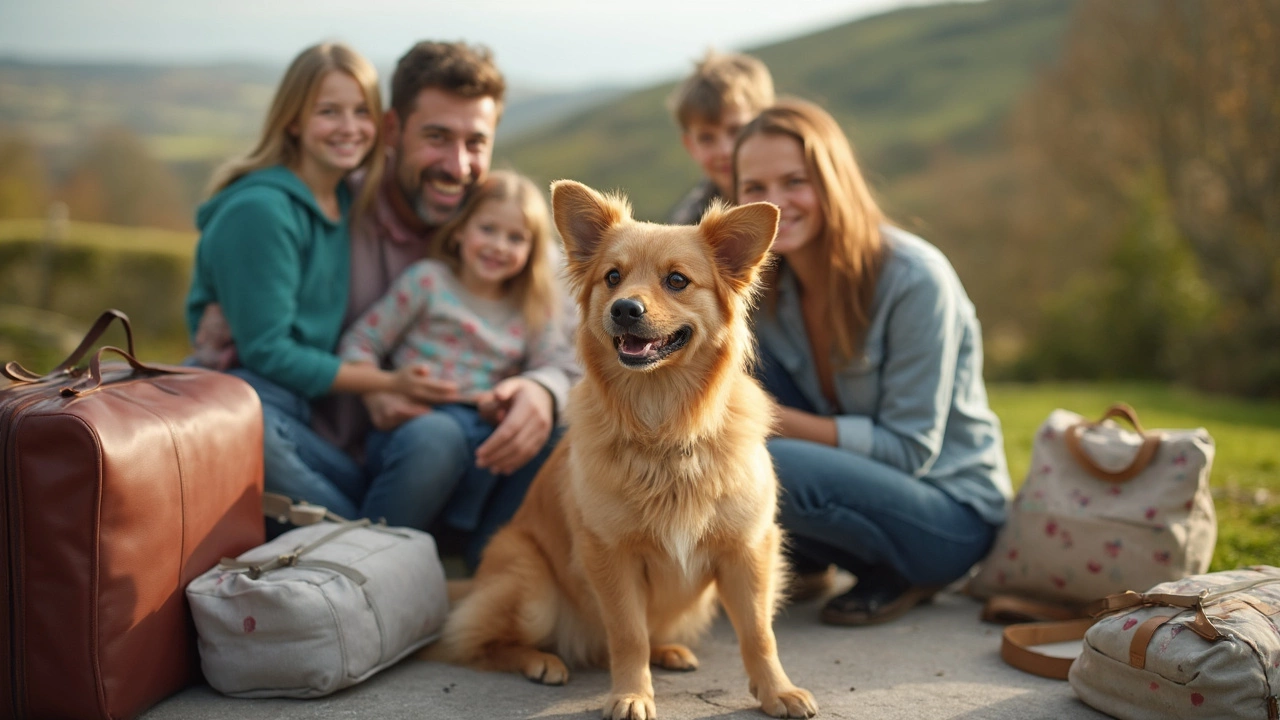Dog Friendly Travel: Practical Tips for Safe Trips with Your Dog
Ready to hit the road or take to the skies with your furry buddy? Traveling with a dog can feel tricky, but with a few simple steps you’ll avoid most headaches. Below you’ll find clear actions you can take before, during, and after the trip so your pup stays calm and you enjoy the adventure.
Plan Ahead for a Stress‑Free Journey
Start by checking the rules of every place you’ll visit. Some national seashores welcome dogs, while others ban them outright. A quick Google search of "dogs at national seashore" will give you a list of pet‑friendly beaches and any leash or waste rules you need to follow.
Next, book accommodation that allows pets. Look for keywords like "pet‑friendly" or "dog‑allowed" on hotel sites, and read the fine print for extra fees or size limits. Knowing the exact policy saves you from surprise charges at check‑in.
Pack a travel kit for your dog. Include a collapsible water bowl, a few of their favorite toys, a blanket that smells like home, and a month’s supply of food. Having these items handy keeps your dog comfortable and reduces anxiety.
Airline and Road Travel Hacks
If you’re flying, choose airlines that allow dogs in the cabin whenever possible. Cabin travel lets you keep your pup close and reduces stress compared to cargo. Make sure the carrier meets TSA requirements – it should be well‑ventilated, sturdy, and fit under the seat. A recent guide on TSA‑approved pet carriers lists the exact dimensions most airlines accept.
Before the flight, give your dog a light meal a few hours ahead and a small water sip right before boarding. Avoid feeding large amounts right before takeoff to prevent motion‑related upset. Some owners use a vet‑approved calming aid, but always check with your vet first.
For road trips, keep the car cool and stop every two to three hours to let your dog stretch, drink, and pee. A short walk at each rest stop burns excess energy and helps avoid whining. If your dog gets car‑sick, try a blanket over the crate and a small amount of ginger in their water – many owners find it works well.
Lastly, think about safety gear. A sturdy harness attached to a seat belt prevents sudden lunges if your dog gets excited. If you’re using a crate, place it securely on the floor so it doesn’t slide during sudden stops.
With these basics in place, you’ll feel confident booking that weekend getaway or cross‑country flight. Remember, the goal is to make the trip as normal as possible for your dog, which in turn makes it enjoyable for you. Pack smart, check rules, and hit the road – adventure awaits you both!
Best Dog for Holidays: What Is the Number 1 Dog to Get?
Choosing the number one dog for holidays can make or break your trip. Some breeds are easier on the road, more relaxed around new people, and genuinely love adventure. This article breaks down what really matters: energy levels, friendliness, size, and how easy these pups are to travel with. Expect real tips for stress-free holidays, plus a close look at what breed consistently tops the charts for travel-lovers. From packing hacks to personality clues, you'll feel ready to pick your perfect travel buddy.
